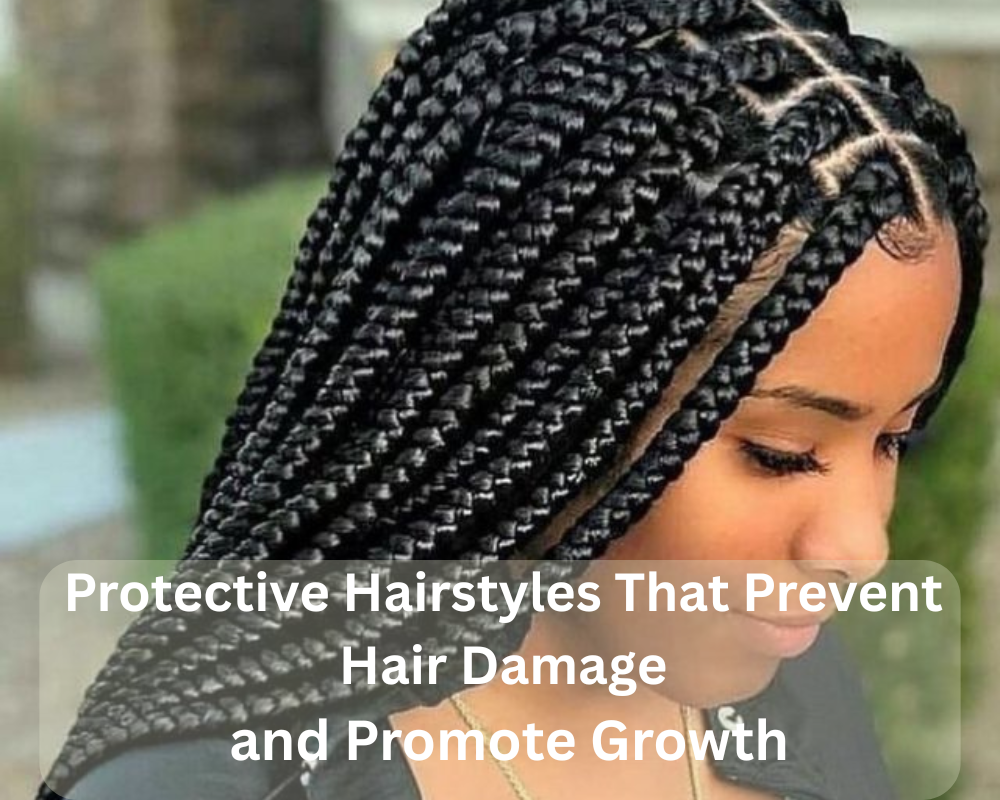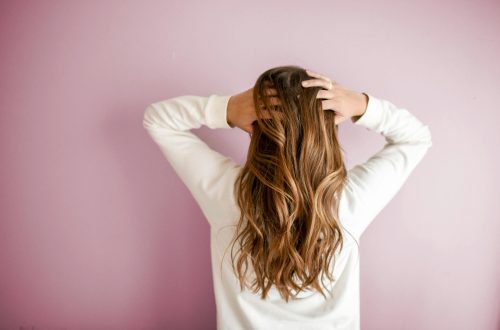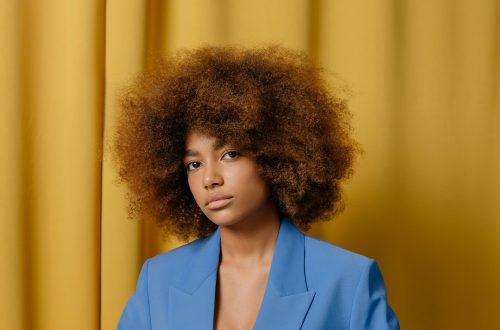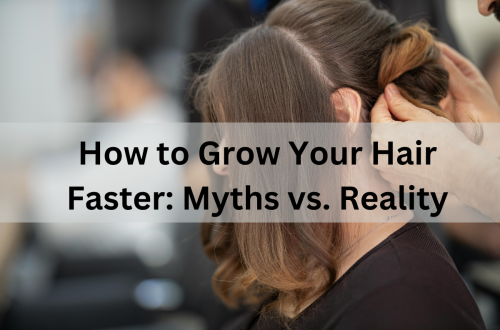The first time I really grasped the need of protective hairstyles still sticks with me. i had been battling with thinning edges and breakage, having gone through Years of chemical treatments, tight ponytails, and heat styling my hair was left weak and lifeless. I was looking for a remedy that would really enable my hair to flourish rather than only cover the harm.
So I reached out to a hair professional who had worked in hair care for more than ten years, she understood just what I needed for my hair to thrive which was protective haircuts. My became healthier, thicker, and longer than ever before within months of transitioning to low-manipulation styles. Today, I’m offering my analysis on how protective hairstyles can encourage growth and stop hair damage.
What Are Protective Hairstyles?
Styles that guard your hair from environmental damage, over-manipulation, and moisture loss are called protective hairstyles. They keep the ends of your hair hidden, hence lowering exposure to friction, heat, and severe weather conditions. Protective hairstyles promote length retention and general hair health whether your hair is natural, relaxed, or chemically treated.
Protective Hairstyles Advantages for Hair Growth
Constant style and manipulation weaken the hair shaft, hence causing breakage. Protective hairstyles let your hair grow undisturbed by minimizing handling.
Styles that keep hair tucked away help to preserve moisture levels, hence avoiding dryness and broken ends.
Protective Hairstyles Prevents Heat Damage:
By decreasing the need for regular heat styling, preventive hairstyles preserve hair’s inherent strength and flexibility. Though hair grows steadily, keeping that length is critical. By reducing breaking, protective styles let you observe more growth over time.
Exposure to the sun, wind, and cold weather can all harm hair strands. Covering or braiding your hair protects it from outside pressures.
Best Protective Hairstyles for Healthy Hair Growth
1. Box Braid
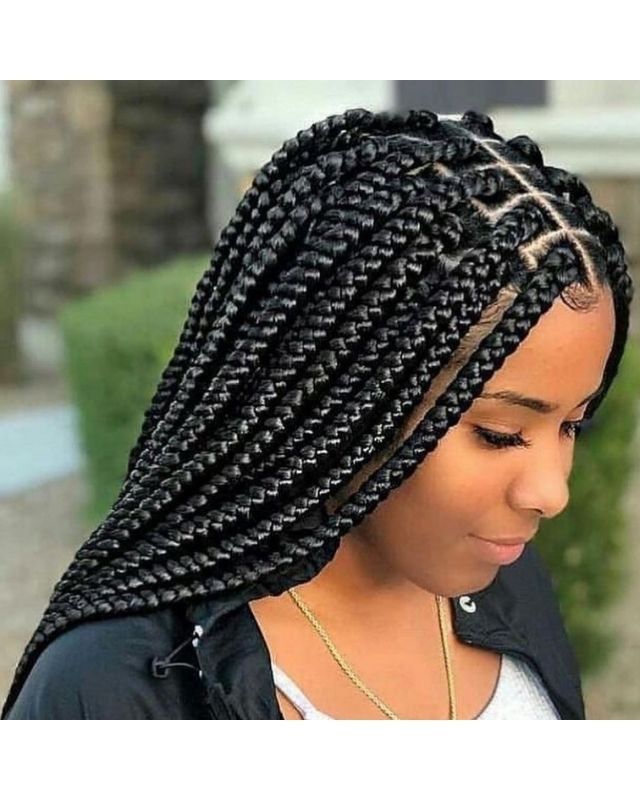
Among the most well-liked protective styles, box braids provide low upkeep and adaptability. They let for simple styling and keep your hair safe. But, it’s crucial to make sure they are not overly tight to avoid tension alopecia.
2. Cornrow

A classic and elegant choice, cornrows rest flat on the scalp, hence lowering hairline strain. When put properly, they encourage healthy growth whether styled traditionally or in complex designs.
3.Twists—Senegalese, Two-Strand, or Marley

Twists offer a naturally-looking protective style and are softer on the hair than braids. Especially two-strand twists are great for people who want to keep moisture and minimize tangling.
4: Bantu Knots
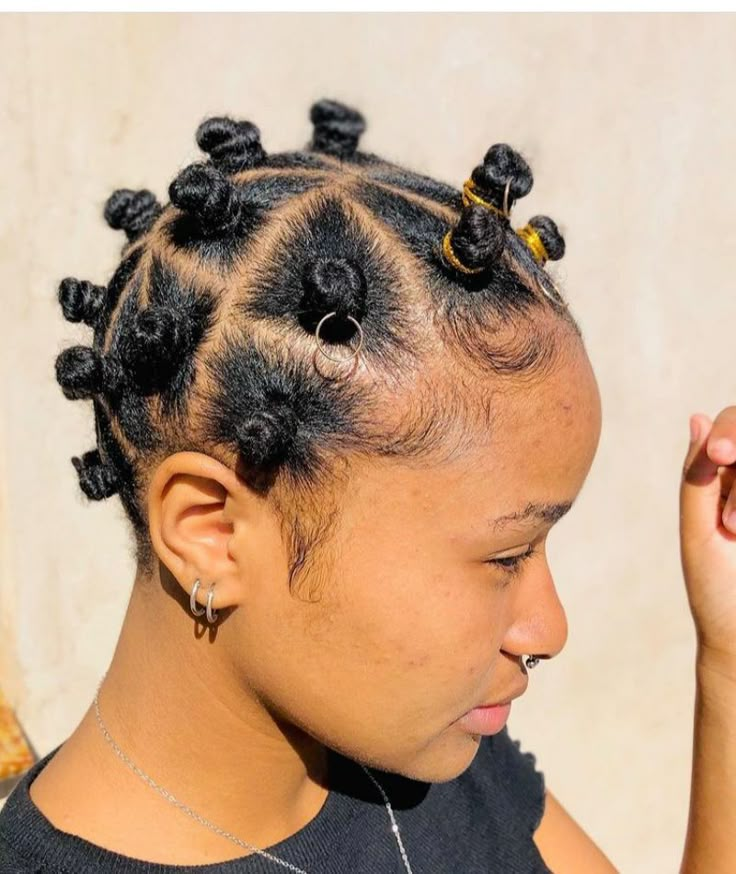
When untangled, Bantu knots not only safeguard your hair but also produce lovely curls. For people searching for a protective style that can also serve as a heat-free styling technique, they are a great choice. 5.wigs and weavesCorrectly done, wigs and weaves can be great protective styles. The secret is to make sure your natural hair is well-moisturized underneath and to stay away from too much tension from tight sew-ins or bonded lace fronts.
6. Minimal Manipulation Buns and Ponytails

A simple, daily protective style is a loose bun or ponytail with little tension. Silk scrunchies help to maintain the hair shaft healthy and stop damage by replacing rubber bands with them.
Faux locs are a protective style that keeps hair safely tucked away for weeks for people who enjoy the appearance of locs but don’t want the permanent commitment.
How to Maintain Protective Hairstyles for Maximum Hair Growth
1.Even with protective styles, product accumulation can block hair follicles. So, maintain a clean scalp. Sulfate-free shampoo should be used to wash your scalp every two to three weeks.
2.Regularly moisturize; hydration is everything. Keep your strands and scalp hydrated with a leave-in conditioner or light oil like coconut or jojoba.
3.Too tight braids or ponytails might cause hairline thinning. Ensure your stylist is kind and, if a style feels too tight, speak out.
4. Reduce Style Duration: Protective styles should not be left in for more than 6 to 8 weeks. Long-term wear can cause matting and fracture.
5.While you sleep, use a satin or silk scarf to reduce friction and keep moisture.
6. Between Styles, Let Your Hair Rest: To avoid over-manipulation, let your hair rest for at least a week between protective styles.
Common Mistakes to Avoid with Protective Hairstyles
- Ignoring your hair is not justified by protective hairstyles. Still important are regular moisture and scalp care.
- Using Heavy Products: Oils and thick creams might lead accumulation and follicular blockage, hence impeding growth.
- Though it’s tempting to keep braids in for months, doing so could cause too much shedding and breakage.
- Styles that tug too much at your roots could cause lasting damage including traction alopecia.
Frequently Asked Questions About Protective Hairstyles
Q: How long should I keep a protective hairstyle in?
A: Ideally, protective styles should be maintained for four to eight weeks. Keeping them in for too long could cause matting, product accumulation, and breaking.
Q: Do all hair types benefit from protective hairstyles?
A: Absolutely! Though especially good for curly and coily hair types, anyone trying to keep length and lower manipulation can gain from preventative styling.
Q: May I wash my hair under a protective style?
A: Of course! Using a sulfate-free shampoo or diluted apple cider vinegar to wash your scalp every 2-3 weeks helps to avoid accumulation and discomfort.
Q: Even with protective hairstyles, why does my hair continue to break?
A: Breakage may result from:
1. style is excessively tight, hence stressing your scalp.
2. Your hair isn’t being moisturized in the style.
3. You’re keeping it in too long, which causes dryness and shedding.
Q: Do protective hairstyles promote hair growth?
A: While they don’t speed up hair growth, protective styles aid to keep length by preventing breakage. Over time, consistent attention and moisture will let you notice growth.
Q: Which sleeping protection technique is best?
A: Loose twists, braids, or a satin hat work wonderfully. Steer clear of tight ponytails or buns that could stress your hairline.
Final Thoughts: Accept the Strength of Protective Styling
Correctly applied, protective hairstyles are revolutionary for hair health and development. They reduce damage, provide a respite from everyday styling, and encourage length retention. Success, meantime, depends on correct installation, upkeep, and hair need awareness.
The earlier mentioned client? Her hair was not only longer but much stronger after a year of protective styling coupled with a good haircare regimen. She discovered that hair development is also influenced by what you cease doing in addition to what you do. Sometimes, the greatest thing for your hair is to safeguard it.
Will you accept protective hairstyles for your hair development path? Tell me which style you are eager to attempt next!
Tell me which style you are eager to attempt next!

